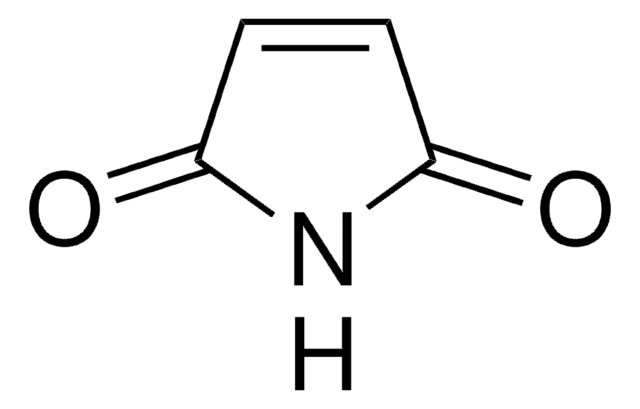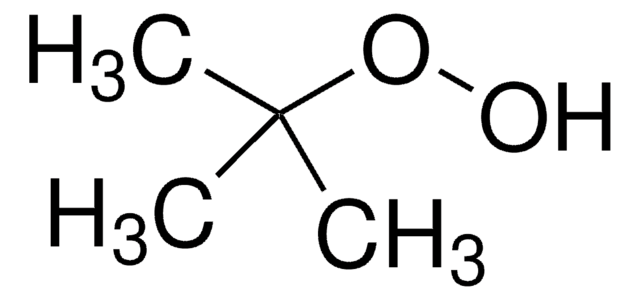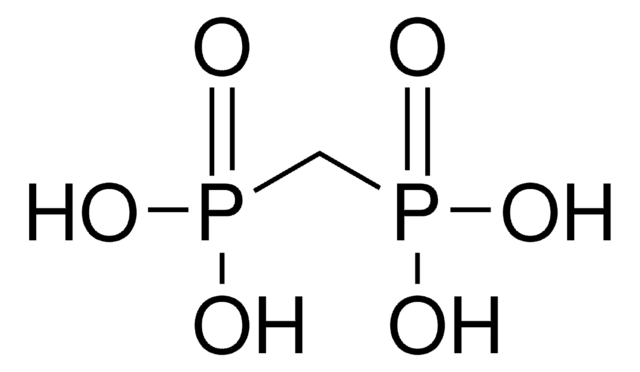220957
Tilorone dihydrochloride
95%
Synonym(s):
2,7-Bis[2-(diethylamino)ethoxy]-9-fluorenone dihydrochloride
About This Item
Recommended Products
assay
95%
mp
230-233 °C (lit.)
functional group
amine
ketone
SMILES string
Cl[H].Cl[H].CCN(CC)CCOc1ccc2-c3ccc(OCCN(CC)CC)cc3C(=O)c2c1
InChI
1S/C25H34N2O3.2ClH/c1-5-26(6-2)13-15-29-19-9-11-21-22-12-10-20(30-16-14-27(7-3)8-4)18-24(22)25(28)23(21)17-19;;/h9-12,17-18H,5-8,13-16H2,1-4H3;2*1H
InChI key
BSVYJQAWONIOOU-UHFFFAOYSA-N
General description
Application
signalword
Warning
Hazard Classifications
Acute Tox. 4 Dermal - Acute Tox. 4 Inhalation - Acute Tox. 4 Oral - Carc. 2 - Eye Irrit. 2 - Skin Irrit. 2 - STOT SE 3
target_organs
Respiratory system
Storage Class
11 - Combustible Solids
wgk_germany
WGK 3
flash_point_f
Not applicable
flash_point_c
Not applicable
ppe
dust mask type N95 (US), Eyeshields, Gloves
Choose from one of the most recent versions:
Already Own This Product?
Find documentation for the products that you have recently purchased in the Document Library.
Customers Also Viewed
Articles
Streptococci- Overview of Detection, Identification, Differentiation and Cultivation Techniques
Our team of scientists has experience in all areas of research including Life Science, Material Science, Chemical Synthesis, Chromatography, Analytical and many others.
Contact Technical Service










